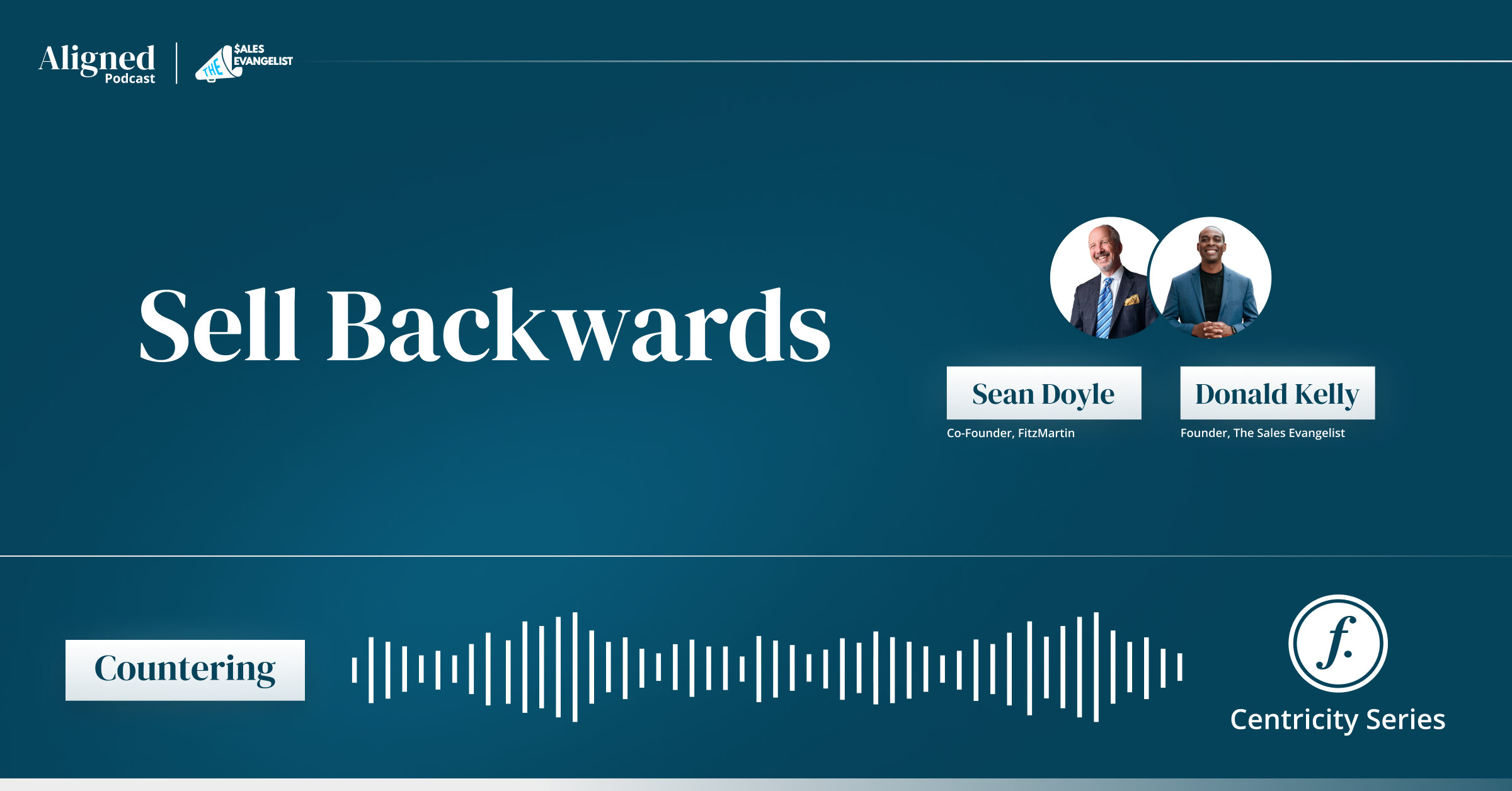
For salespeople, the primary goals are to bring in new customers, retain existing ones, and effectively market their product or service to maximize profit. Doing so requires limiting the negative behavior of prospects through countering. (We introduced the idea and how it applies to RFPs here). But what exactly does it mean to counter bad customer behavior?
Countering negative behaviors
Let’s start with limiting negative buyer behaviors. One of the most common reasons that sales fall through is because buyers look back at what’s familiar. When this happens, it typically leads to those dreaded statements sellers hear when the sale starts to stall: Let me get back to you. Or the other: Send me more information. The best way to counter this scenario is to remind the buyer of the benefits your product or service offers. For example, let’s say you’re a personal trainer offering your services to a client. If the client asks for more information, don’t tell them about your pricing, hours, or other specs. Instead, remind them of the benefits that come from exercise and dieting. Before and after pictures are a terrific example of this. Buyers see the “before” state, which is negative. Then they see the “after” state, which is more positive. Thus, the buyer sees that your services will result in the more desirable state. Seeing the proof—the before and after photos illustrating that your service leads to their future desired state (i.e., looking and feeling healthier)—is much more impactful to the buyer than the price. Why? Because it aligns the value of your service with their desired end goal.
Reminding buyers where they came from
Sellers are often advised not to remind buyers of their current state, but this is actually a hindrance. Reminding buyers of their current state—the problem they have and the reason they started looking for a new solution in the first place—reinforces the benefits of your product or service. This reinforcement only helps drive the sale home.
Fear of change and self-doubt
Another aspect sellers have to keep in mind is the natural fear of change and self-doubt that buyers experience. People want quick and easy solutions, and buyers are no different. Let’s go back to the personal training example again. When someone wants to lose weight, they often look for some miracle pill or fad diet. But you, as the personal trainer, already know that while these miracle pills and fad diets may sometimes work, they are by no means a cure-all and likely very unhealthy. You, then, as the seller, have to be able to fully explain that to the client when they claim to have tried everything to no avail. The point to get across is that the long-term change the client is seeking requires a change in their overall lifestyle, including eating healthier and exercising. The key to good selling is being able to fully explain the process, easing any doubts and minimizing the fear of change while guiding the client through the incremental steps needed to start making healthier choices in their diet, eating patterns, exercise, etc.
You also have to be able to combat self-doubt. Buyers often have lists of reasons why they can’t buy whatever you’re offering. Sellers must be equipped to counter these reasons. If buyers cite cost as a barrier, offer them a payment plan. If they cite time as a limiting factor, then help them set a schedule, etc. With a playbook in hand, sellers can more adequately (and easily) realign the thoughts of buyers around the future desired state.
Case studies and customer success stories
The final aspect to consider is identifying the distinct qualities that convince buyers to purchase your product or service in the first place. You may know what sets your product or service apart from the competition, but more than likely, your customer doesn’t. In fact, to your buyer, your product or service may seem to be just like the competition’s. This is just one of the many reasons why it’s important to consistently market those differentiators to customers—even those that have been purchasing your product or service for years. This can be done in a variety of ways. One tactic is leveraging case studies and testimonials. Ask buyers what led them to purchase your product or service and use that information to attract new customers. Utilizing information from existing customers builds trust and safety, increasing the chances of finalizing a sale with both new and existing buyers. Another tactic is providing your customers with “progress reports” to demonstrate the positive impact your product or service is continuing to make over time.
To summarize, there are three key strategies salespeople should keep in mind in regard to countering. First, remind buyers of their current state and the negative implications that could follow. This makes your product or service all the more attractive. Second, self-doubt and fear of change are killers of sales, so salespeople have to be equipped to deal with both. Finally, get feedback from existing customers, and use it to both retain existing customers and attract new ones. When salespeople are prepared to better manage bad buyer behavior with countering strategies, it’s much easier to not only keep a full sales funnel but close the deals when they come to the table.
---
Our podcast, Aligned, is dedicated to helping small and mid-market businesses thrive and develop the sales and marketing acumen to move the needle. Tune into our episode featuring sales expert and founder of the Sales Evangelist, Donald Kelly, to learn more about combating negative buyer behaviors and the centricity model to help finalize more sales for your company.